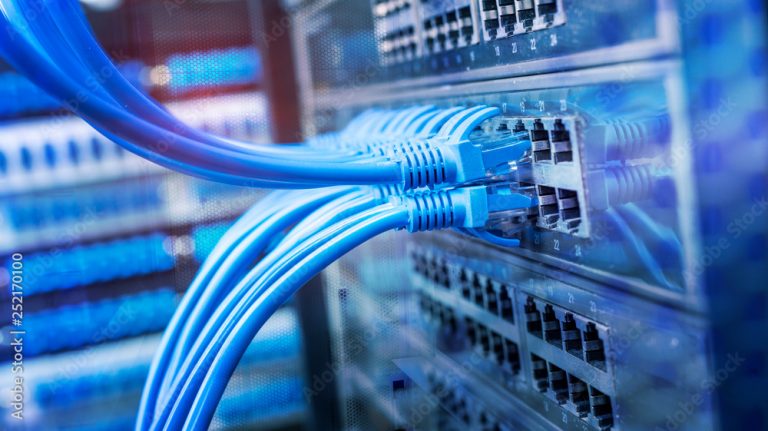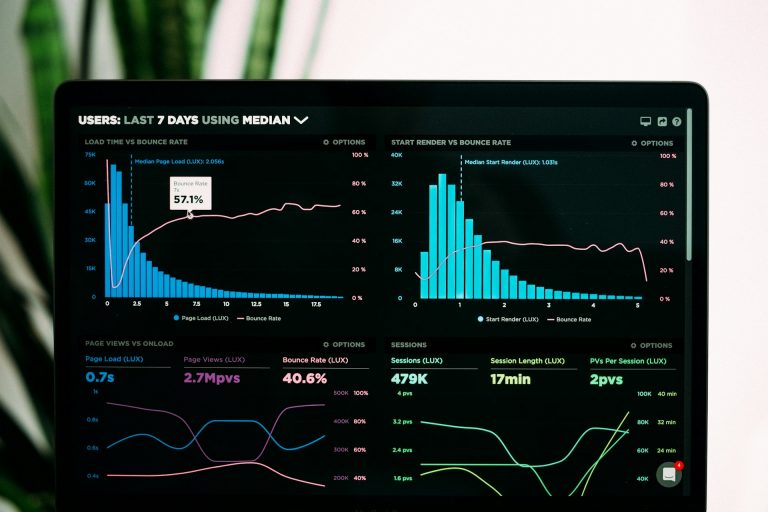Believe it or not, there was a time before the cell phones more computing power than an Apollo spaceship, even a time before the internet was a thing. While the internet has transformed our world in the past 20 or so years, indications are that innovation and disruption are only getting started.
The third decade of the 21st century might be even more disruptive than the decade that just ended as several new technologies are rapidly coming of age. With that in mind, here are a few game-changing web trends for the new decade. These developments will change how we all live and work, creating opportunities and challenges for you and your business along the way.
Artificial Intelligence-as-a-Service
No doubting we are living in an age when everything is being packaged as a service, so why should Artificial Intelligence (AI) be any different? While many companies have already started to explore how technology can transform how they do business, the reality is that the impact has been limited – at least for now.
What AI needs is access to data and what better way to give these systems the data they need than to open the platforms up as a service? In this way, AI systems can gain data points from users while simultaneously refining the models which make it work.
While AI developers such as IBM, Amazon, Microsoft, and Google have been making their tools available to corporates, the year ahead will see the big players, and several new entrants, offer their wares to small businesses and even consumers. Yes, AI has a lot of promise and in the next year, it will start to deliver in scale.
5G Data Networks
Long planned, the 5th generation of mobile internet will hit the big time in 2020. The technology promises hyper-fast speeds (in some cases faster than Wi-Fi) and has already been trialed in multiple countries. But the year ahead will see mobile operators offer 5G data plans and device makers begin to roll out a new generation of phones, sensors, and other devices.
The life-changing promises of 5G include 4K quality streaming for consumers, while companies will be able to use the expanded service to accelerate deployment of sensors and other industrial devices – increasing the ability to remote manage rolling stock and manufacturing. In the process, 5G will become a critical enabling technology for a slew of other technologies including the Internet of Things (IoT), robotics, and even autonomous vehicles.
Self-Driving Vehicles
You might not think of self-driving vehicles as a web trend, but the reality is that this technology could not exist without the internet. Developments in AI and 5G are essential to making the dream of self-driving cars a reality.
While challenges remain – such as questions over liability and how to prioritize threats – the number of miles driven in autonomous or semi-autonomous mode has been growing exponentially over the past few years. These include initiative by companies such as Google, Uber, and Tesla as well as several smaller startups that are fast at work creating an ecosystem for autonomous vehicles.
What will change in 2020? For starters, the number of miles driving by these vehicles will be to reach critical mass. Beyond this, the largest automakers are getting in on the game, with many already deploying elements of autonomous drive in many new models. These include lane change and parking assist as well as braking systems and smart cruise control.
The deployment of these systems helps to get drivers used to the idea of letting the machine drive itself and by 2020, or shortly thereafter, it might not be uncommon for many of the cars around you on the road to be driving themselves.
3D Printing
This is another technology that is reaching critical mass as the cost and speed of additive manufacturing continues to drop. While this doesn’t mean that we will have a Jetsons-style 3D printing in our homes that can make anything we want. It does mean that manufacturers are starting to move 3D printers out of the prototype lab and onto the production floor.
When combined with APIs such as Octopart and robots, the technology holds the promise of realizing semi-autonomous manufacturing – this is when the machines do much of the manufacturing themselves including picking, loading, and assembly.
This could lead to great efficiency in manufacturing as well as the ability to set up remote production sites closer to the customer, which would reduce transit times. Granted, your new car might not be made right on the dealer’s lot, but replacement parts may well be in the future and this could reduce the time and cost to keep your car on the road.









